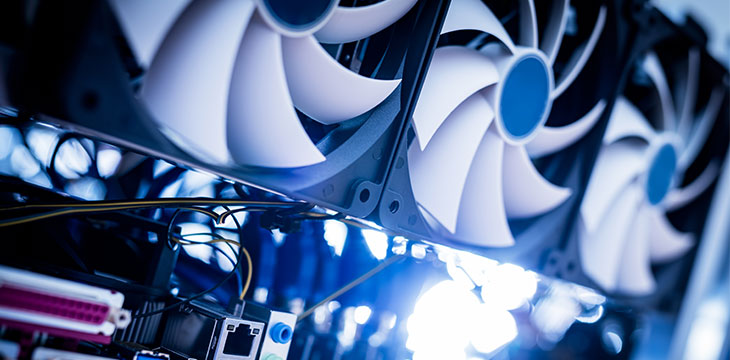
|
Getting your Trinity Audio player ready... |
There has been some buzzing around the crypto world regarding a new cryptocurrency miner, Watts Miners (WMiner). While the company may look legitimate on the surface, once you dig deeper, the picture turns much darker. The old adage, “If it looks too good to be true, it probably isn’t,” begins to reverberate more and more as the details are uncovered. If the claims of a scam are unfounded, then we hope to hear WMiner’s side of the story.
WMiner claims that its chips are able to mine at 120 terahashes per second (TH/s) at 800 watts on a 7-nanometer (nm) chip. By way of comparison, GMO’s chip mines 25TH/s at 1950 watts on a 7nm chip. Bitmain’s mining operations produces 14TH/s at 1320 watts; moving to a 7nm chip, the company’s performance would increase—at a maximum—to 24TH/s at 1320 watts. This means that WMiner’s claims are producing results that are 10 times more efficient than what its competitors produce.
They also indicates that the results could only come from architectural improvements—not from the 7nm chip itself. Since application-specific integrated circuits (ASIC) are created to automatically use the most efficient route in solving calculations, any ASIC using the SHA-256 algorithm will, by nature, choose the most efficient route. This being the case, it would be impossible to improve the efficiency of the architecture in WMiner’s operations.
WMiner also makes an assertion that is literally impossible to achieve. WMiner says that its ASIC chips are independently capable of managing five different algorithms at once. This would mean that, ultimately, their chip is 50 times more efficient than any other ASIC.
Getting past the technical issues related to the products, a look at the marketing material also provides a few questionable items that point to the probability of WMiner not being legitimate. In a promotional YouTube video, the company indicates that there is a return on investment of only one month (unheard of) and has no clear business objective.
Digging around on professional sites, neither the CEO nor the CTO that appear in the video can be found on any of them. The two appear before a white background, hiding any evidence of where they could be located, and are reading from a script.
The evidence continues to pile up against the company as we look at their website. There are no pictures of chips, no pictures of mining hardware—not even a single mention about the players behind the scenes. There are only some boxes with fans installed in them. In fact, the picture on the “About Us” page is a generic picture found on a minimum of 23 different sites, including unsplash.com—a website dedicated to free picture distribution. Any company would relish the opportunity to show off their goods, especially when capable of performing super-human feats.
Over-the-top presentations are nothing new; however, there are limits. It would seem that WMiner has pushed past—way past—these limits in promoting their products. The company is more than likely trying to capitalize on the crypto mining craze, but users need to be cautious.
While I welcome to hear back from WMiner so they can refute the claims, I’m not going to hold my breath. If I do receive anything, I’ll be sure to publish it.

 11-22-2024
11-22-2024


